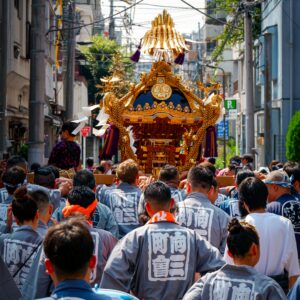Best Ways to Get To and Around Tokyo
Planning a trip to Tokyo? Whether you’re flying in from across the world or making your way from another city in Japan, figuring out the best way to get to and around Tokyo can feel a bit overwhelming. But don’t worry—we’ve got you covered! In this guide, we’ll walk you through all the key options, from speedy bullet trains to convenient subways, so you can navigate Tokyo like a pro. By the end of this, you’ll know exactly how to get to Tokyo and explore its vibrant neighborhoods with ease. Let’s dive in!
For more comprehensive travel advice, make sure to check out our Complete Tokyo Travel Guide for more insights on planning your trip.
Different Ways to Get to Tokyo
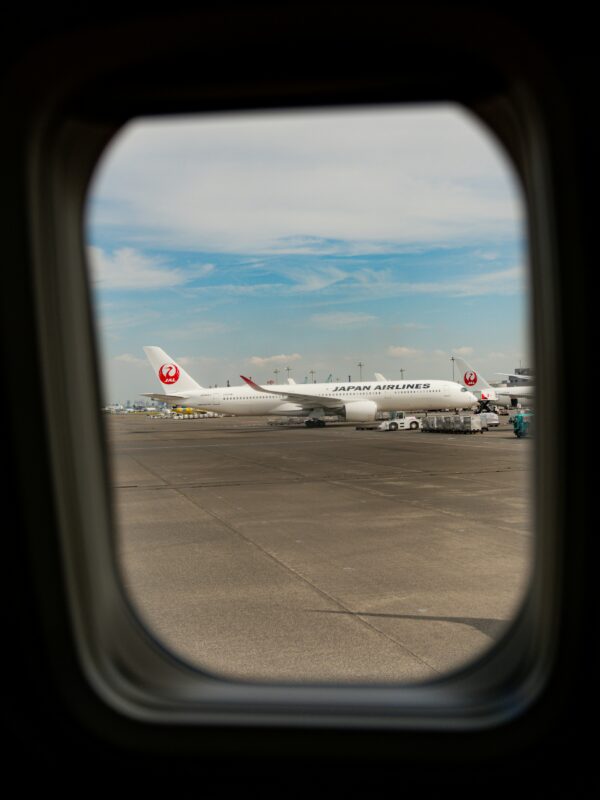
By Plane
Narita International Airport (NRT):
Most international travelers land at Narita Airport, situated about 60 kilometers from central Tokyo. Despite its distance from the city, you can easily reach major districts like Shibuya or Shinjuku within an hour via the Narita Express (N’EX) train or direct bus services.
Pro Tip: If you’re traveling with heavy luggage, consider using a luggage delivery service at Narita to have your bags sent directly to your hotel. This service is widely available and allows you to navigate Tokyo’s busy transport systems hands-free, which can significantly reduce travel stress, especially during peak hours.
Haneda Airport (HND):
Closer to Tokyo’s heart, Haneda Airport handles a mix of domestic and international flights. It’s incredibly convenient, with connections to central Tokyo taking under 30 minutes via the Tokyo Monorail or Keikyu Line. This proximity allows you to dive into Tokyo’s attractions almost immediately after landing.
Pro Tip: If you arrive late at night, Haneda offers comfortable rest areas where you can catch some sleep before heading into the city in the morning. These rest areas are a lifesaver if your accommodation check-in isn’t until later, and they provide a safe, quiet space to recharge after a long flight.
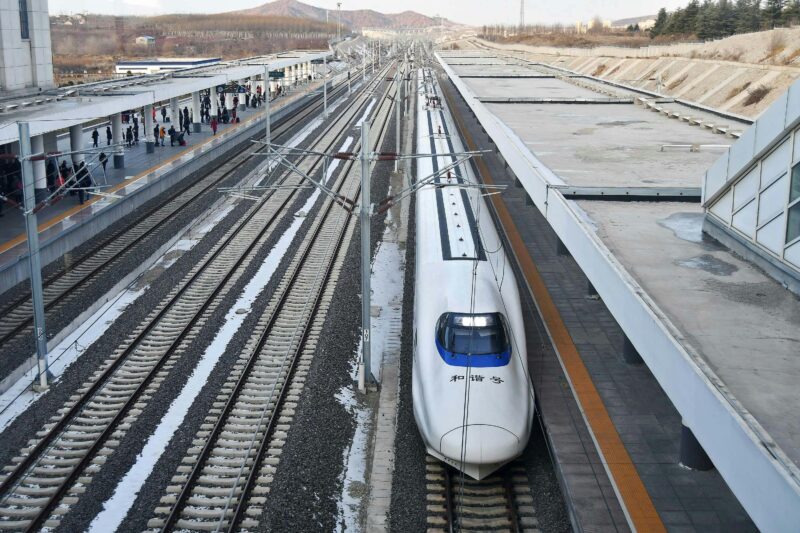
By Bullet Train (Shinkansen)
The Shinkansen, also known as the bullet train, is famous for its speed and comfort. It’s a great option if you’re traveling from cities like Osaka, Kyoto, or even Hokkaido. The trip to Tokyo is quick, usually taking just a few hours. You’ll enjoy smooth rides and maybe even some beautiful views along the way!
Pro Tip: Reserve a seat on the right side of the train for the best views of Mount Fuji when traveling from Osaka to Tokyo. This iconic sight is best enjoyed on clear days, and booking your seat in advance ensures you don’t miss out on this beautiful experience. If you’re traveling during peak seasons, early reservations are recommended.
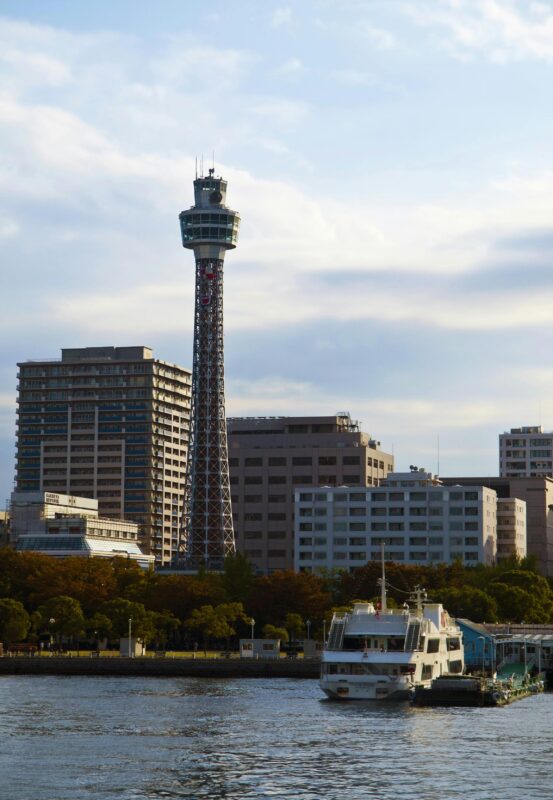
By Ferry
If you love the sea, taking a ferry to Tokyo can be a wonderful experience. Ferries connect Tokyo with coastal cities around Japan, offering a peaceful and scenic way to arrive. It’s perfect for those who want to enjoy a slower pace of travel and take in the sights along the way.
Pro Tip: Book a night ferry to enjoy a peaceful journey and wake up to the sunrise as you approach Tokyo Bay. This option allows you to combine travel with accommodation, saving both time and money. The views of the sunrise over the bay can be a breathtaking start to your day in Tokyo.

By Express Bus
Express buses are a wallet-friendly option for traveling within Japan. They’re comfortable with amenities like Wi-Fi and sometimes even reclining seats for longer journeys. Buses drop you off at key spots in Tokyo, making it easy to start your sightseeing right after arrival. Plus, they’re a great way to save money on travel expenses.
Pro Tip: Opt for an overnight bus to save on accommodation costs while traveling between cities. Some buses even have fully reclining seats for a more comfortable sleep. This is a great way to maximize your time in Tokyo by arriving in the morning ready to explore, without the need for an additional night’s stay in a hotel.
Getting Around Tokyo
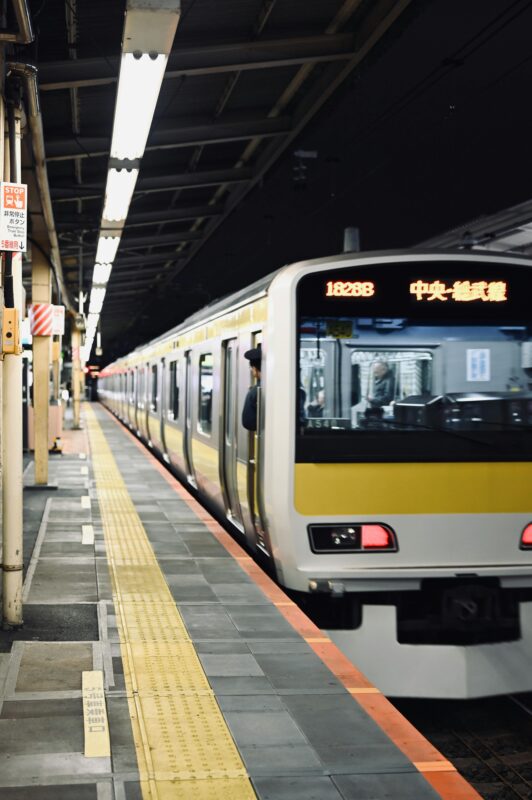
By JR Lines
Getting around Tokyo is easy because it has many trains and subways that go everywhere.
JR Lines: These are important train lines that can take you all over Tokyo and even to other cities.
- Yamanote Line: This train goes in a big circle around central Tokyo. It stops at famous places like Shinjuku, Shibuya, and Tokyo Station. It’s great for visiting many popular spots.
- Keihin-Tohoku Line: This line runs next to the Yamanote Line on the east side. It goes to places like Ueno, Akihabara, and Yokohama. It’s good for seeing the eastern parts of Tokyo.
- Chuo/Sobu Line (Local and Rapid): The Chuo Line has two types of trains. The local train stops at every station, and the rapid train only stops at major stations like Tokyo and Shinjuku. It’s fast and convenient.
- Saikyo Line: This line runs next to the Yamanote Line on the west side. It starts from Osaki Station and goes to Odaiba. It’s useful for reaching the western parts of Tokyo and the waterfront.

By Metro Lines
Tokyo has a big subway system run by two companies: Toei and Tokyo Metro.
- Toei Subway: This company runs four subway lines. They go to central Tokyo and places like Asakusa, Roppongi, and Shinjuku.
- Tokyo Metro: This company runs nine subway lines. They go to places like Ginza, Shibuya, and Ikebukuro. You can use these lines to get to many shopping and entertainment areas.
Tokyo also has other train lines run by different companies like Tokyu Railway, Tobu Railway, and Keisei Railway. These lines connect Tokyo to nearby areas and are good for trips to places like Nikko, Hakone, and Narita Airport.
Traveling in Tokyo is easy with these trains and subways. You can buy a Suica or Pasmo card to make riding the trains and buses simple. Plan your trips with maps and travel apps to see all the amazing things Tokyo has to offer!

By Bus
Buses in Tokyo are an excellent option for reaching areas not covered by trains or subways. They offer a slower, but often more scenic, way to get around the city. Buses are especially useful in residential areas or when traveling short distances between attractions.
Pro Tip: If you’re staying outside central Tokyo, buses can be a great way to reach your destination without needing to transfer between trains. Use the “Tokyo Bus Navi” app to plan your route, check schedules, and even see live updates on bus arrivals. Buses also accept Suica and Pasmo cards, making payment seamless.
Purchasing Travel Passes and Tickets in Tokyo

The easiest way to get around Tokyo is to buy a pre-paid ticket—it will save you money and time as you won’t need to purchase individual tickets every time you want to jump on a train. There are two main options: the Tokyo Subway Pass and the Suica IC Card.
Tokyo Subway Pass
This pass offers unlimited travel on the Tokyo Metro and Toei Subway lines over a set period, such as 24, 48, or 72 hours. With access to 13 different routes and over 250 metro stops, it’s perfect for those planning to explore Tokyo extensively.
Types of Tokyo Subway Pass:
- 24-Hour Ticket: Unlimited rides for 24 hours from the first use.
- 48-Hour Ticket: Unlimited rides for 48 hours.
- 72-Hour Ticket: Unlimited rides for 72 hours.
You can buy your Tokyo Subway Pass and collect it at airports like Narita or Haneda, or at various pick-up locations in the city. It’s activated the first time you use it.
Pro Tip: Purchase your Tokyo Subway Pass online before your trip to save time. You can pick it up at the airport or designated locations in the city. This allows you to start using the subway immediately upon arrival, without the hassle of buying tickets each time. The pass is especially useful if you plan to visit multiple attractions in one day, maximizing both your time and budget.
Suica IC Card
This card is great for those who prefer flexibility. You can use it on the Tokyo Metro, Toei Subway, Japan Rail East trains, and some buses. It can also be used for purchases in trains, vending machines, and many stores and restaurants.
You can purchase a Suica card at airports, JR stations, and selected locations. The card is pre-loaded with JPY 500, and you can top it up as needed at any Suica redemption station.
Pro Tip: Register your Suica card with the Mobile Suica app to manage your balance and transactions directly from your smartphone. This is particularly useful if you prefer to travel light without carrying a physical card.
Top Tips for Navigating Tokyo with Ease
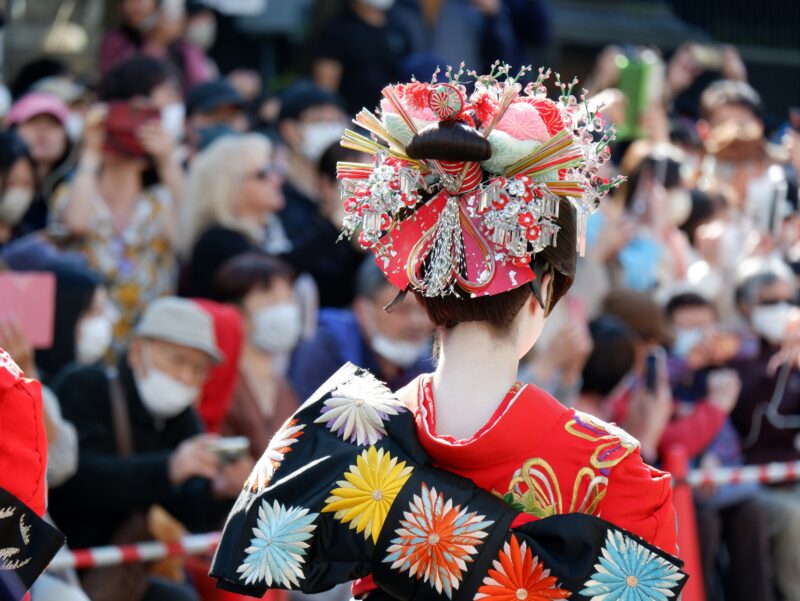
Maximize Your Transportation Passes: Whether you’re using a Tokyo Subway Pass or a Suica IC Card, make sure you understand the best ways to utilize these passes for seamless travel.
Pro Tip: If you’re planning to explore multiple areas in Tokyo in one day, the Tokyo Subway Pass is a great option as it offers unlimited rides on both Tokyo Metro and Toei Subway lines. This allows you to hop on and off the subway as you explore different neighborhoods without worrying about individual ticket costs. Pair this with your Suica card for any additional bus or JR train trips that might not be covered by the subway pass.
Plan Your Routes in Advance: Tokyo’s extensive transportation network can be overwhelming, especially for first-time visitors.
Pro Tip: Use apps like Google Maps to plan your routes in advance, especially if you’re transferring between different train lines. These apps can provide you with the fastest routes, platform numbers, and transfer details, making your journey smoother. Planning ahead also allows you to avoid rush hour on the busiest lines like the Yamanote Line and Saikyo Line.
Stay Flexible with Multiple Transit Options: Tokyo offers a variety of transportation modes, including trains, subways, buses, and taxis.
Pro Tip: While trains and subways are often the fastest options, don’t overlook buses, especially for shorter trips within neighborhoods or when traveling to areas not directly accessible by train. Buses in Tokyo are clean, reliable, and often less crowded than trains during peak hours. Use your Suica card to make hopping between buses and trains a breeze.
Understanding Peak Hours: Tokyo’s trains can be extremely crowded during peak commuting times, typically from 7:30 AM to 9:00 AM and from 5:00 PM to 7:00 PM.
Pro Tip: If possible, plan your travels outside these peak hours to enjoy a more comfortable ride. If you must travel during these times, consider taking a bus or using alternative routes that avoid the busiest stations like Shinjuku or Tokyo Station. This strategy not only makes your commute more pleasant but also allows you to see more of the city without feeling rushed.
Navigating Train Transfers: Transferring between different train lines can be confusing, especially in large stations.
Pro Tip: Look out for clear signage in English that guides you to the correct platforms and transfer points. Stations like Shinjuku and Tokyo can be particularly complex, so allow extra time for transfers. Familiarize yourself with station layouts via maps available online or at the station, which can help you navigate the quickest path to your next train.
Make Use of Luggage Delivery Services: If you’re traveling with a lot of luggage, navigating Tokyo’s busy stations can be challenging.
Pro Tip: Consider using a luggage delivery service to send your bags from the airport directly to your hotel. This service is widely available at both Narita and Haneda airports and can make your journey into the city much more comfortable, allowing you to explore Tokyo immediately without the burden of heavy bags.
Ready to Explore Tokyo?
And there you have it! Getting to and around Tokyo doesn’t have to be complicated. Whether you’re flying in, taking a bullet train, or cruising the city’s subways, Tokyo’s transportation network is extensive, efficient, and easy to navigate. Armed with these tips, you’re all set for an unforgettable adventure in Japan’s bustling capital.
For more travel advice and tips on what to see and do, be sure to check out our Complete Tokyo Travel Guide and start planning your perfect trip!
